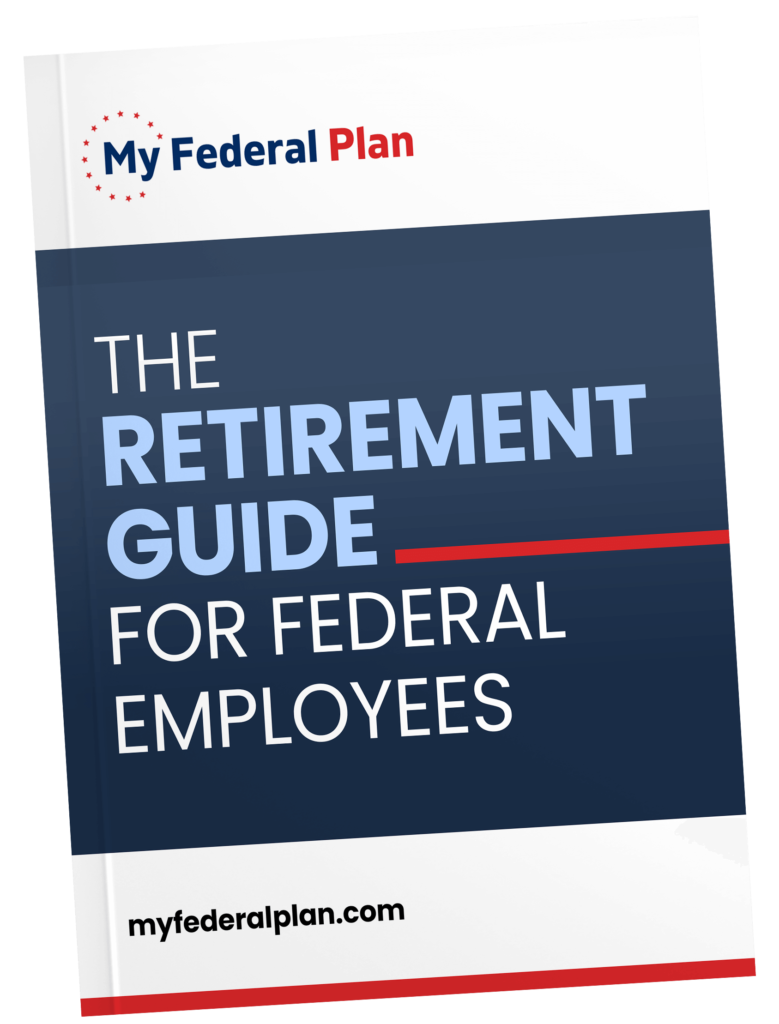Federal Employees Retirement System (FERS)
About the Federal Employees Retirement System
The Federal Employees Retirement System took effect on January 1, 1987. It was designed to replace the Civil Service Retirement System (CSRS) in an effort to offer retirement options for federal employees that were competitive with those offered in the private sector. FERS offers a defined pension plan (annuity), Social Security benefits, and a savings plan in which the employer will match up to five percent of the employee’s contributions (Thrift Savings Plan).
The CSRS had been in existence since 1920. When FERS took effect, federal employees hired prior to 1984 had the option to switch from CSRS to FERS. Those hired in 1984 and after were automatically enrolled in FERS. Although most federal and postal retirees are under the CSRS program, the majority or working federal employees are under FERS.
The Role of Social Security Benefits (OASDI)
One of the major differences between CSRS and FERS pertains to Social Security contributions. Employees who participated in CSRS did not pay Social Security, survivor, or disability (OASDI) tax. Although this may sound appealing initially, it’s not ideal for those who switch to careers outside of the federal system. Given that less than one-third of those who enter government careers stay in the federal system long enough to retire, paying OASDI taxes as a means to save for retirement or to assist in the event of a disability was a welcome addition to FERS.
The Thrift Savings Plan (TSP)
Employees may contribute a portion of their pay to the Thrift Savings Plan (TSP). Employers automatically contribute one percent of the employee’s base pay; in addition, they will match an employee contribution up to a certain percentage. Factors including salary, age, and type of employee (civilian or uniformed service members) affect the amount an employee can contribute. Although TSP existed as part of CSRS, there are many more options available under FERS.
Understanding Eligibility Categories
FERS has four categories of benifits:
- Immediate
- Early
- Deferred
- Disability
Employees in FERS and CSRS who leave before retirement eligibility are eligible for deferred retirement if they meet certain conditions. We will gladly review this information with you.
Contact us today for a free retirement benefits consultation.

